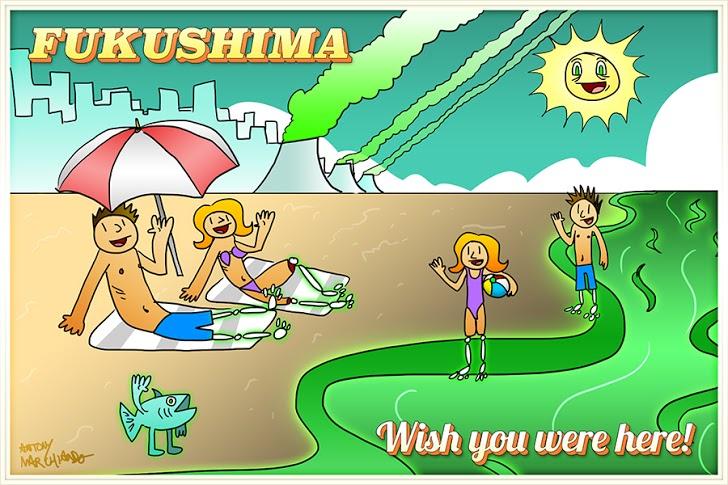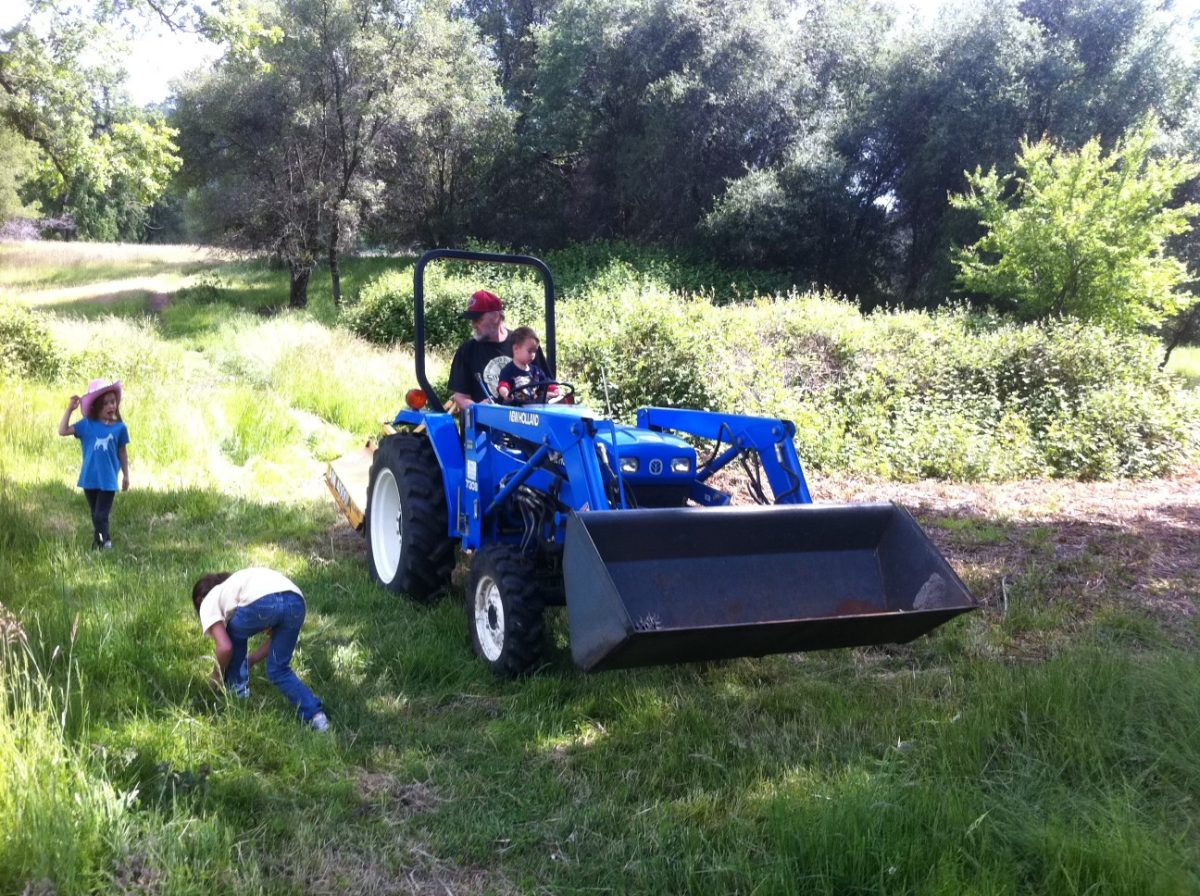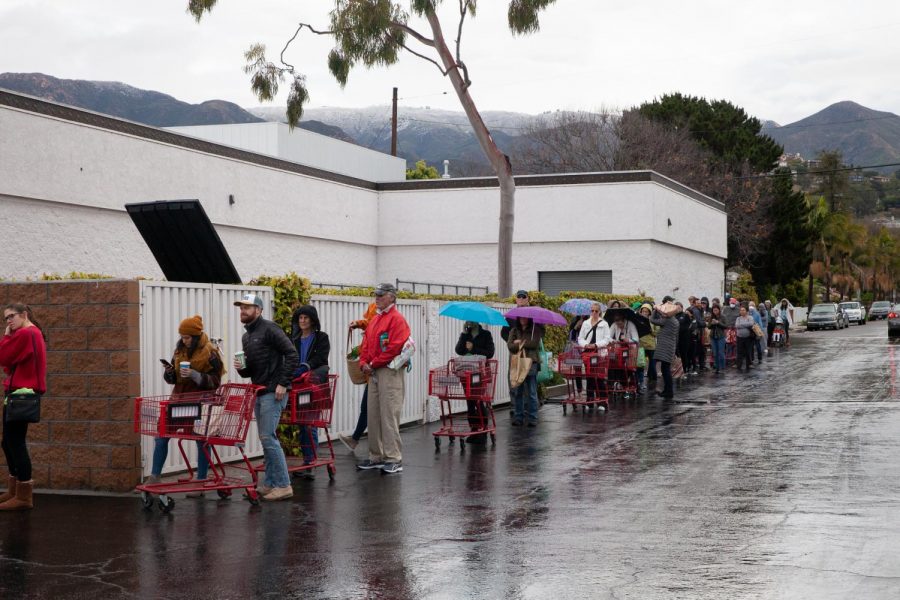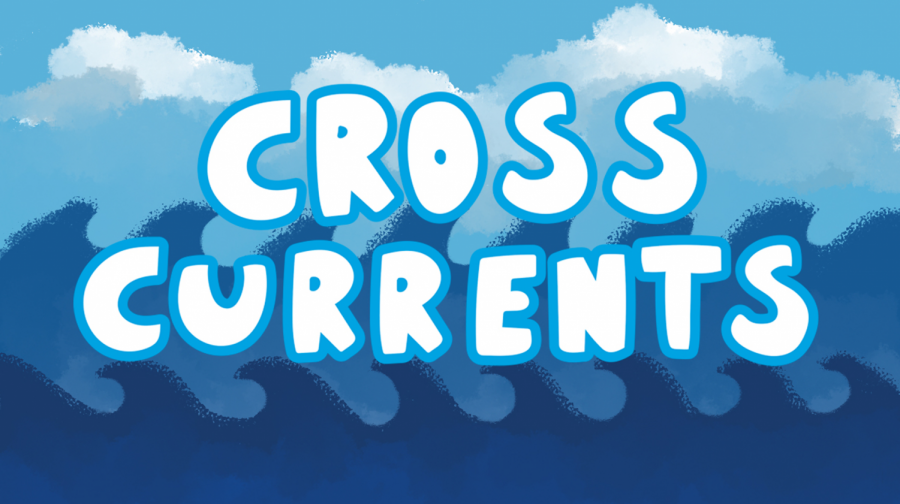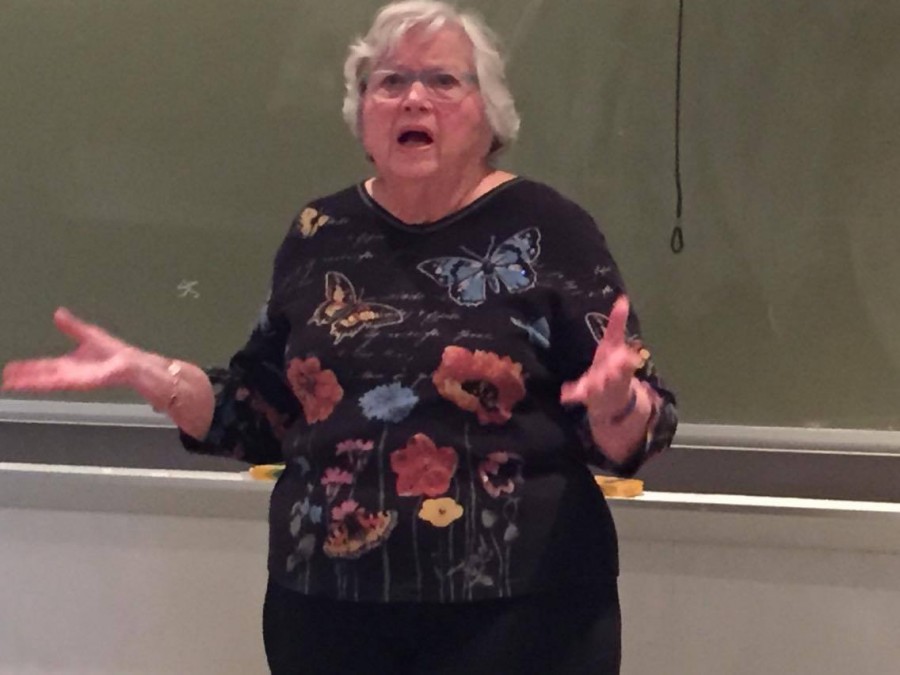In March of 2011, the largest earthquake to hit Japan, at 9.0 magnitude, followed by a tsunami displaced over 250,000 people from their homes.
At this point, no one should go back.
The people of Fukushima are being told it’s under control but not many people are buying it.
Tokyo Electric Power Company (TEPCO) operates the plant alongside the government and they have been telling the public that everything is fine.
President of TEPCO, Naomi Hirose publicly apologized for denying that the leakage from the plant was spilling into the Pacific Ocean. Hirose said he knew about this major issue a month before it was acknowledged, but luckily the Japanese government was there to bail them out.
Around 120,000 people are still living outside of their homes due to the radiation levels contaminating the crops, drinking water and their children’s health.
Imagine if this was happening in the United States. Imagine if California residents were forced to move away and stay clear of swimming, surfing and local food. It would become a historical downfall.
Maybe because Fukushima is so far away from the U.S. it is easy to displace oneself and avoid thinking of what this would be like if it were happening on the homefront.
Japan is a large supplier of U.S. commodities. Some of the freshest seafood and produce from Fukushima is now clearly identified as unsafe by the U.S. Food and Drug Administration.
Yet, why would a government whose purpose is supposed to be providing for the people not elaborate on such crucial news that will affect the future generations?
People have been speculating that the government may be keeping people in the dark to preserve their culture, another reason might be securing products coming from Japan and into other countries.
One of Fukushima’s largest industries are agricultural businesses. This causes even more speculation about the government playing hush-hush. Could it be all profit-driven, keep the people quiet while the selling of radiated produce and goods continues?
A Japanese produce farmer reported that current state mandate on radiation is 100 becquerels per kilogram. He also said his farm had been growing produce that measured 3,000 becquerels without knowing it— because the government did not stop the sale of produce days after the radiation was spewing from the plant.
A year ago, it was discovered that radiation levels were growing. The plant – which is only 80 feet from the Pacific Ocean – contained 20 million becquerels of the radioactive element Strontium. One becquerel equals one emission of radiation per second.
This material is easily absorbed into the bones of humans and animals.
There is a clear problem of truthful communication between the Japanese government and the people that once lived there.
Vikram Gandhi, a Vice news reporter, recently traveled to Fukushima as part of an HBO series. “Playing with Nuclear Fire” is a 30-minute special on uncovering the remnants that the quake left in its place.
The issue of transparency is clear; the vagueness of the Japanese government is not. The former residents of Fukushima have taken matters into their own hands.
The Geiger counter is a device that measures radiation, which many Fukushima residents now own for themselves. The measurements reported when Vice reporter Gandhi traveled there was 900 times the amount of radiation then found in Tokyo.
One woman described her experience and thought she would be able to return home a couple days after the evacuation was forced.
It doesn’t seem that answers are coming anytime soon. But with a current movement to know more about this event and the radioactive fallout, it seems pertinent to take matters into our own hands to uncover the truth.


